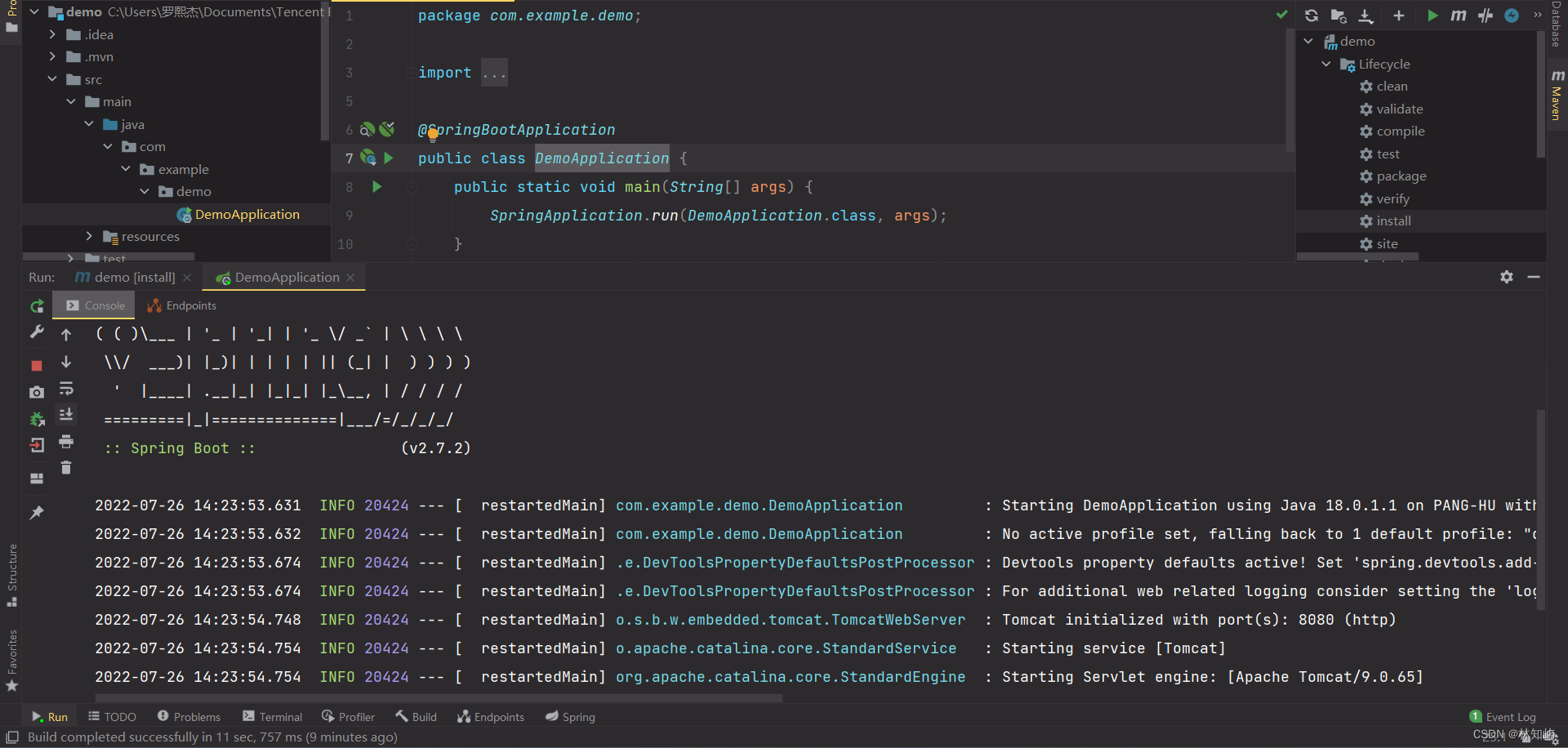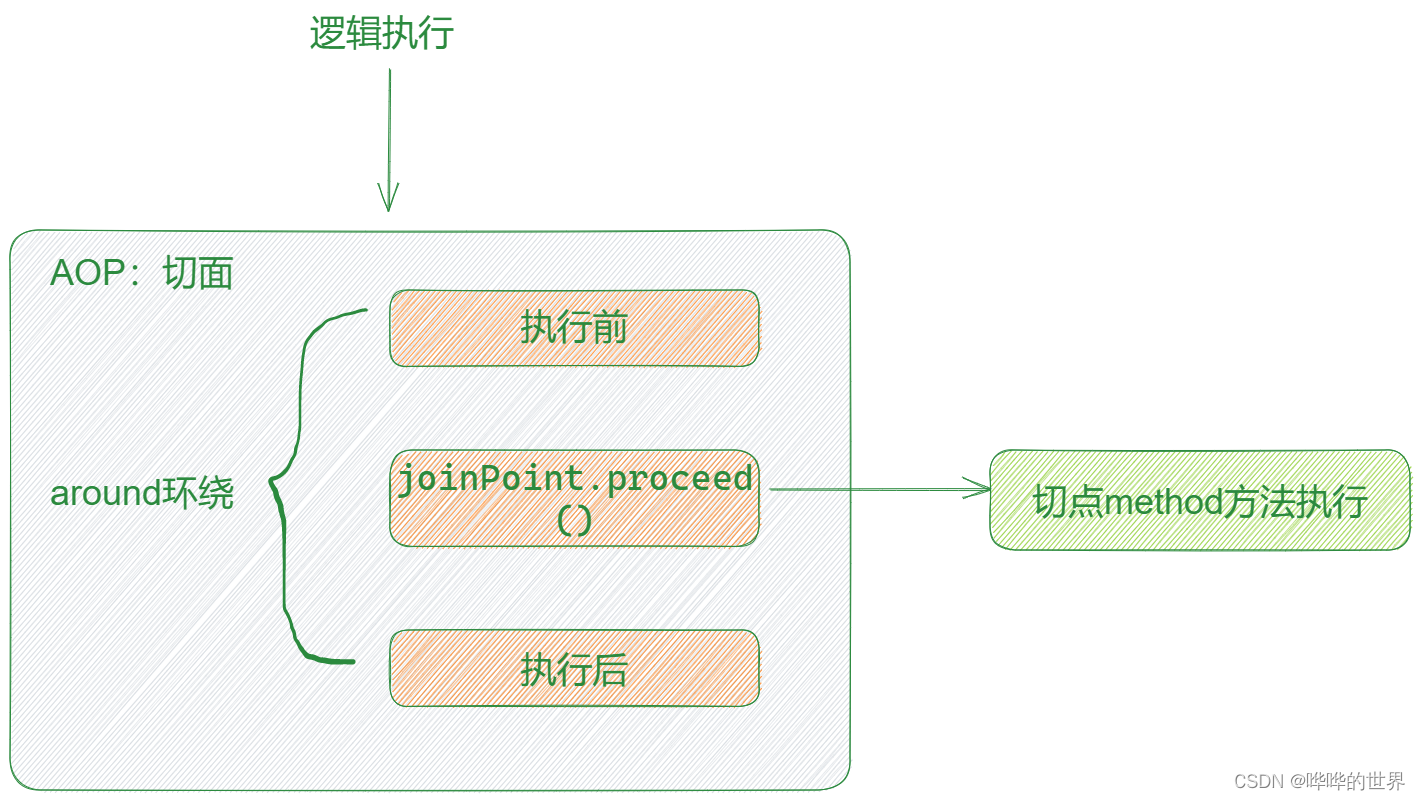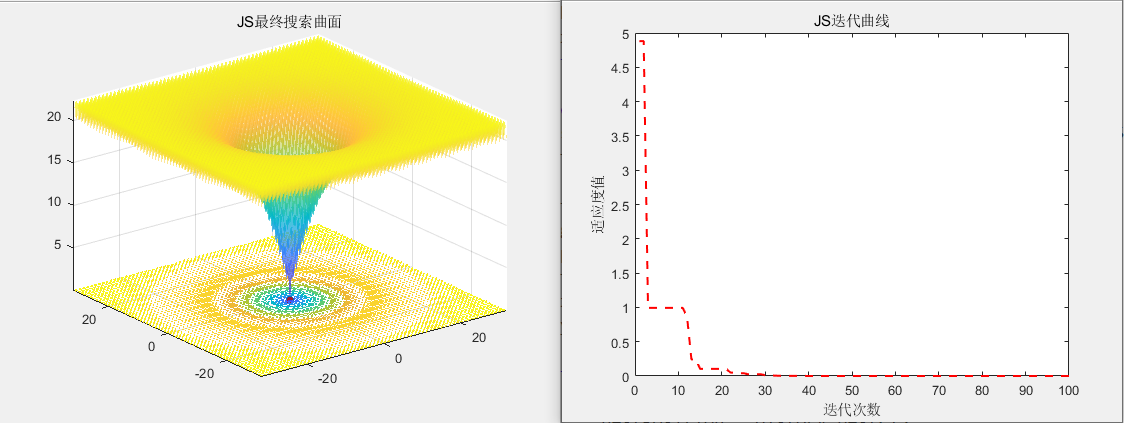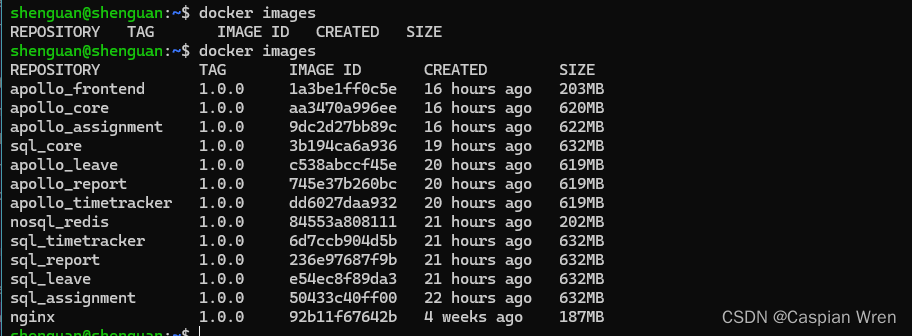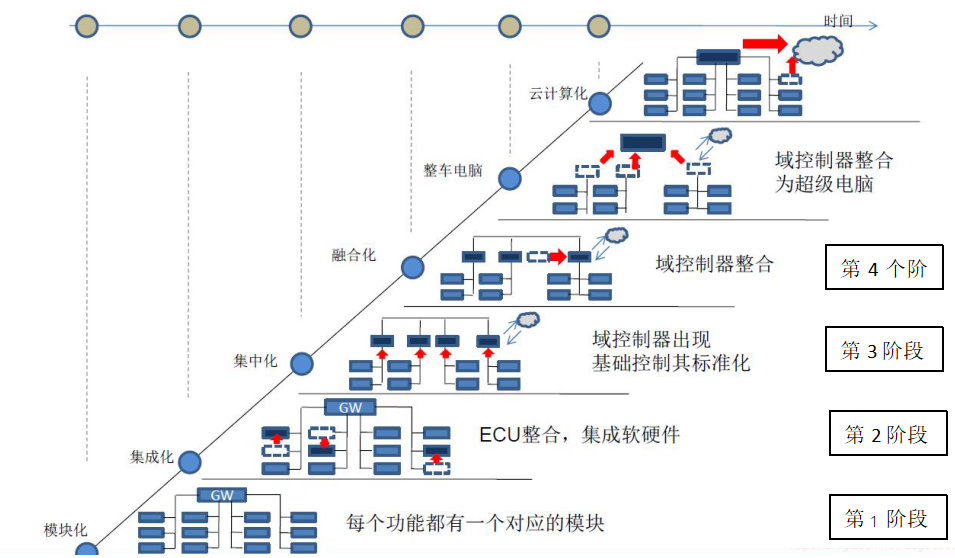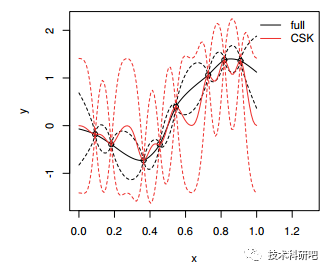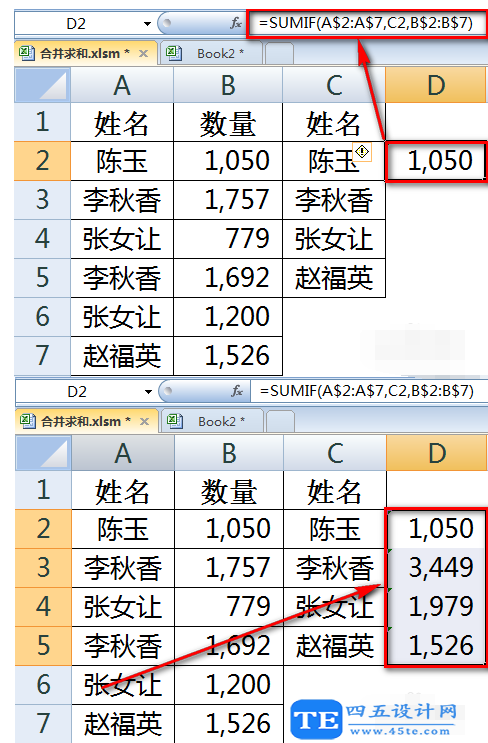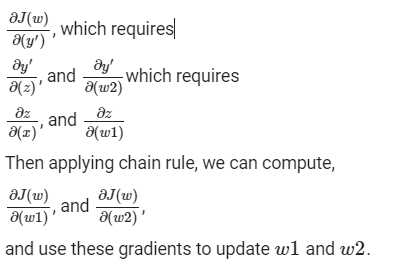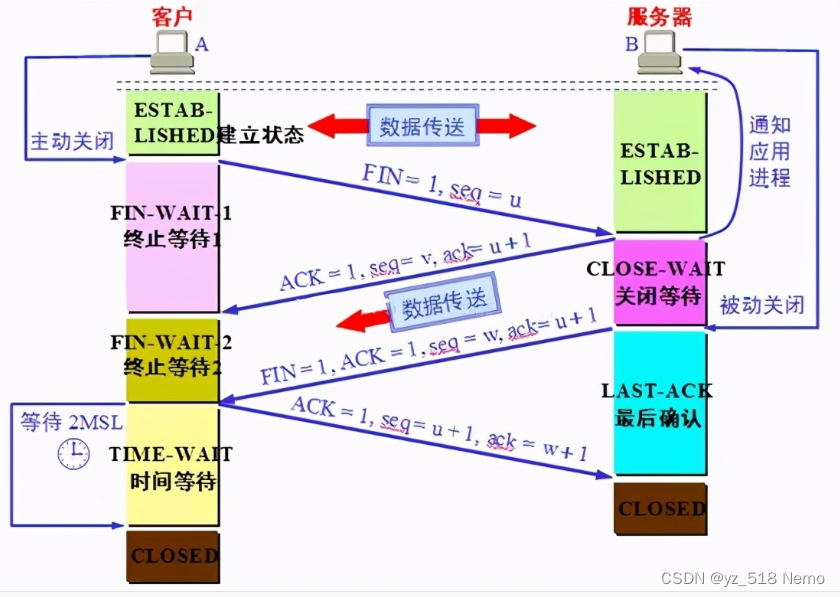文章目录
- File文件操作类
- IO流原理及流的分类
- 节点流
- FileInputStream
- FileOutputStream
- FileReader
- FileWriter
- 处理流
- BufferedReader
- BufferedWriter
- BufferedInputStream
- BufferedOutputStream
- ObjectInputStream
- ObjectOutputStream
- PrintStream
- PrintWriter
- 标准输入输出流
- Properties 类
File文件操作类
Java中的File类是用来操作文件和目录的类,它提供了一系列方法来创建、删除、重命名、判断文件是否存在等操作。
//先创建文件对象
File file = new File("e:\\news1.txt");
//调用相应的方法,得到对应信息
System.out.println("文件名字=" + file.getName());
//getName、getAbsolutePath、getParent、length、exists、isFile、isDirectory
System.out.println("文件绝对路径=" + file.getAbsolutePath());
System.out.println("文件父级目录=" + file.getParent());
System.out.println("文件大小(字节)=" + file.length());
System.out.println("文件是否存在=" + file.exists());//T
System.out.println("是不是一个文件=" + file.isFile());//T
System.out.println("是不是一个目录=" + file.isDirectory());//F
IO流原理及流的分类
Java中的IO流是用来处理输入输出的机制。它允许程序通过流的方式读取和写入数据。
流是一种数据传输的方式,数据在程序和外部设备之间通过流进行传输。
流可以分为输入流和输出流,输入流用于从外部设备读取数据,输出流用于向外部设备写入数据。
IO流按传输数据类型不同可分为字节流和字符流两种类型。字节流以字节为单位进行数据传输,适用于处理二进制数据,如图片、音频等。字符流以字符为单位进行数据传输,适用于处理文本数据。
IO流按是否封装可以分为节点流和处理流(封装流)。
节点流是直接与数据源或目标进行连接的流,它们是最基本的流类型。节点流可以从文件、内存、网络等数据源读取数据,或将数据写入文件、内存、网络等目标。常见的节点流包括FileInputStream、FileOutputStream、FileReader、FileWriter等。
处理流是对节点流的包装,通过对节点流进行包装,处理流可以提供更高级的功能。处理流本身不具备读写数据的能力,它们通过包装节点流来实现数据的读写操作。处理流可以进行数据的过滤、转换、缓冲等操作,使得数据的处理更加方便和高效。常见的处理流包括BufferedInputStream、BufferedOutputStream、ObjectInputStream、ObjectOutputStream等。
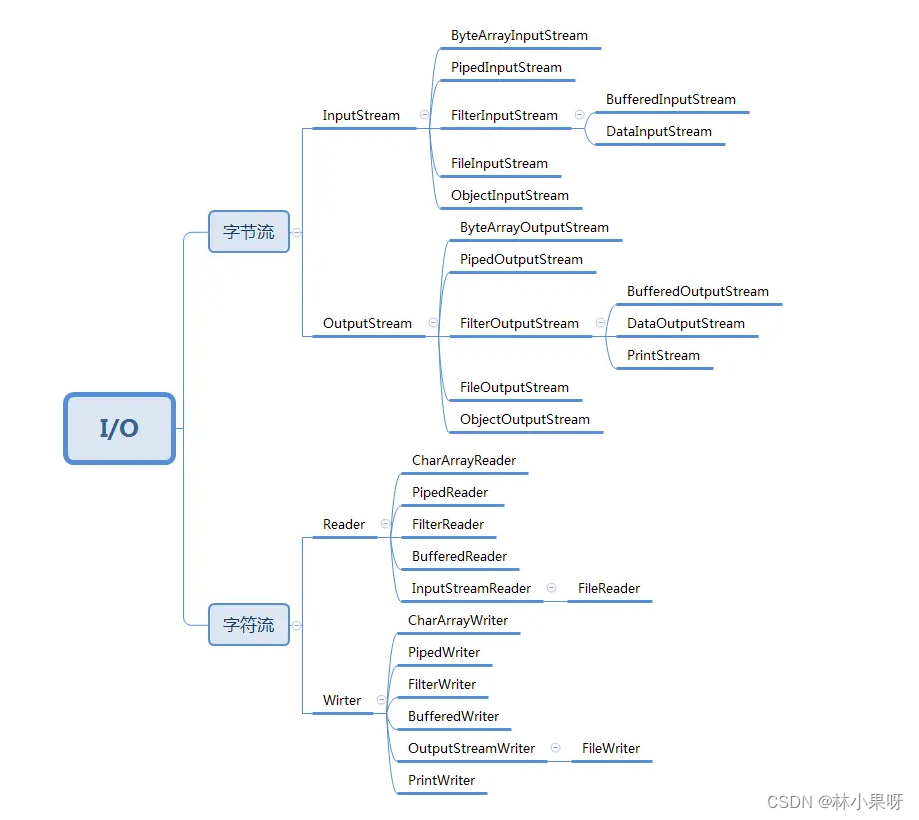
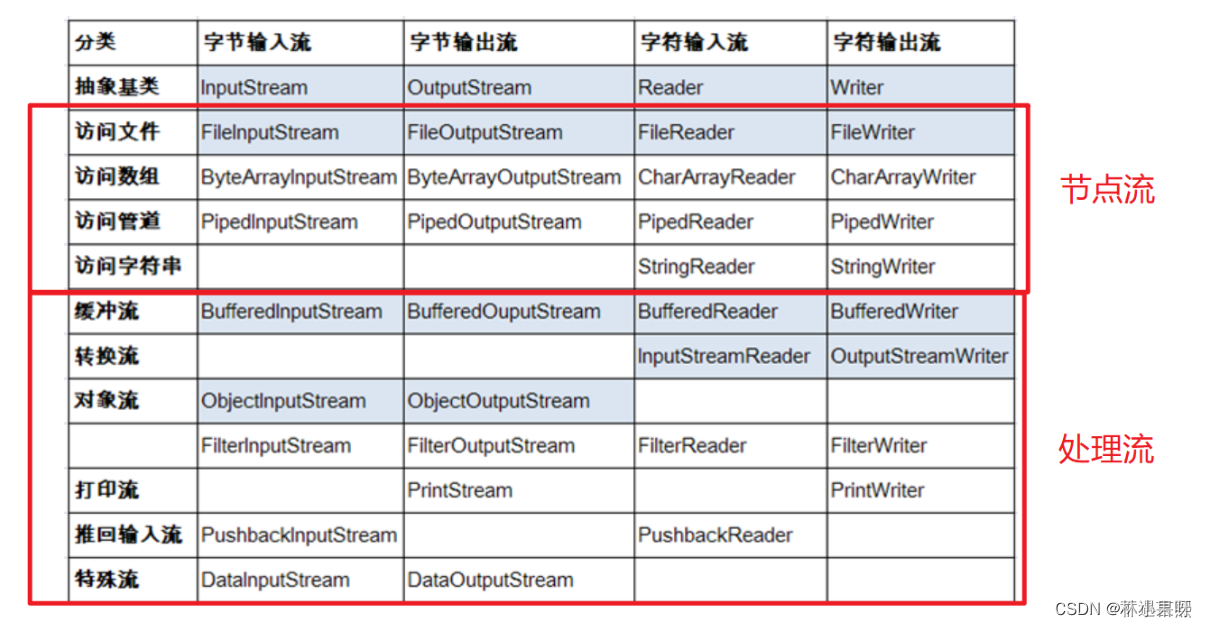
节点流
FileInputStream
FileInputStream是用于读取文件的字节流类。它继承自InputStream抽象类,可以用于从文件中读取字节数据。
读取字节数据方式一:
import java.io.FileInputStream;
import java.io.IOException;
public class FileInputStreamExample {
public static void main(String[] args) {
FileInputStream fis = null;
try {
fis = new FileInputStream("file.txt"); // 创建FileInputStream对象,指定要读取的文件名
int data;
while ((data = fis.read()) != -1) { // 读取文件中的一个字节数据,直到文件末尾
System.out.print((char) data); // 将字节数据转换为字符并输出
}
} catch (IOException e) {
e.printStackTrace();
} finally {
try {
if (fis != null) {
fis.close(); // 关闭流
}
} catch (IOException e) {
e.printStackTrace();
}
}
}
}
读取字节数据方式二:
import java.io.FileInputStream;
import java.io.IOException;
public class FileInputStreamExample {
public static void main(String[] args) {
FileInputStream fis = null;
try {
fis = new FileInputStream("file.txt"); // 创建FileInputStream对象,指定要读取的文件名
byte[] buffer = new byte[1024]; // 创建一个字节数组作为缓冲区
int bytesRead;
while ((bytesRead = fis.read(buffer)) != -1) { // 读取文件中的字节数据到缓冲区
for (int i = 0; i < bytesRead; i++) {
System.out.print((char) buffer[i]); // 将字节数据转换为字符并输出
}
}
} catch (IOException e) {
e.printStackTrace();
} finally {
try {
if (fis != null) {
fis.close(); // 关闭流
}
} catch (IOException e) {
e.printStackTrace();
}
}
}
}
FileOutputStream
FileOutputStream是用于写入文件的字节流类。它继承自OutputStream抽象类,可以用于向文件中写入字节数据。
写入字节数据:
import java.io.FileOutputStream;
import java.io.IOException;
public class FileOutputStreamExample {
public static void main(String[] args) {
FileOutputStream fos = null;
try {
fos = new FileOutputStream("file.txt"); // 创建FileOutputStream对象,指定要写入的文件名
String data = "Hello, World!"; // 要写入的数据
byte[] bytes = data.getBytes(); // 将字符串转换为字节数组
fos.write(bytes); // 将字节数组写入文件
} catch (IOException e) {
e.printStackTrace();
} finally {
try {
if (fos != null) {
fos.close(); // 关闭流
}
} catch (IOException e) {
e.printStackTrace();
}
}
}
}
FileReader
读取字符数据:
import java.io.FileReader;
import java.io.IOException;
public class FileReaderExample {
public static void main(String[] args) {
FileReader fr = null;
try {
fr = new FileReader("input.txt"); // 创建FileReader对象,指定要读取的文件名
int data;
while ((data = fr.read()) != -1) { // 从文件中读取字符数据,直到文件末尾
System.out.print((char) data); // 将字符数据转换为字符并输出
}
} catch (IOException e) {
e.printStackTrace();
} finally {
try {
if (fr != null) {
fr.close(); // 关闭读取流
}
} catch (IOException e) {
e.printStackTrace();
}
}
}
}
FileWriter
写入字符数据:
import java.io.FileWriter;
import java.io.IOException;
public class FileWriterExample {
public static void main(String[] args) {
FileWriter fw = null;
try {
fw = new FileWriter("output.txt"); // 创建FileWriter对象,指定要写入的文件名
String data = "Hello, World!"; // 要写入的数据
fw.write(data); // 将字符串写入文件
} catch (IOException e) {
e.printStackTrace();
} finally {
try {
if (fw != null) {
fw.close(); // 关闭写入流
}
} catch (IOException e) {
e.printStackTrace();
}
}
}
}
处理流
BufferedReader
当需要从字符输入流中读取数据时,BufferedReader提供了更高效的读取方式。它通过缓冲字符来减少对底层输入流的访问次数,从而提高读取数据的效率。
示例代码:
try (BufferedReader reader = new BufferedReader(new FileReader("input.txt"))) {
String line;
while ((line = reader.readLine()) != null) {
System.out.println(line);
}
} catch (IOException e) {
e.printStackTrace();
} finally {
if (reader != null) {
try {
reader.close(); //只需要关闭BufferedReader,底层流会自动关闭
} catch (IOException e) {
e.printStackTrace();
}
}
BufferedWriter
当需要向字符输出流中写入数据时,BufferedWriter提供了更高效的写入方式。它通过缓冲字符来减少对底层输出流的访问次数,从而提高写入数据的效率。
示例代码:
try (BufferedWriter writer = new BufferedWriter(new FileWriter("output.txt"))) {
writer.write("Hello, World!");
writer.newLine();
writer.write("This is a test.");
} catch (IOException e) {
e.printStackTrace();
} finally {
if (writer != null) {
try {
writer.close(); //只需要关闭BufferedWriter,底层流会自动关闭
} catch (IOException e) {
e.printStackTrace();
}
}
BufferedInputStream
当需要从字节输入流中读取数据时,BufferedInputStream提供了更高效的读取方式。它通过缓冲字节来减少对底层输入流的访问次数,从而提高读取数据的效率。
示例代码:
import java.io.BufferedInputStream;
import java.io.FileInputStream;
import java.io.IOException;
public class BufferedInputStreamExample {
public static void main(String[] args) {
try (BufferedInputStream inputStream = new BufferedInputStream(new FileInputStream("input.txt"))) {
byte[] buffer = new byte[1024];
int bytesRead;
while ((bytesRead = inputStream.read(buffer)) != -1) {
// 处理读取到的字节数据
String data = new String(buffer, 0, bytesRead);
System.out.print(data);
}
} catch (IOException e) {
e.printStackTrace();
}
}
}
在try-with-resources语句块中,我们使用了BufferedInputStream对象,这样在代码块执行完毕后,会自动调用BufferedInputStream的close()方法来关闭它,释放底层资源。
BufferedOutputStream
BufferedOutputStream是Java中的处理流,用于将字节数据写入到输出流中,并提供了缓冲功能,以提高写入数据的效率。
示例代码:
import java.io.BufferedOutputStream;
import java.io.FileOutputStream;
import java.io.IOException;
public class BufferedOutputStreamExample {
public static void main(String[] args) {
try (BufferedOutputStream outputStream = new BufferedOutputStream(new FileOutputStream("output.txt"))) {
String data = "Hello, World!";
byte[] bytes = data.getBytes();
outputStream.write(bytes);
} catch (IOException e) {
e.printStackTrace();
}
}
}
ObjectInputStream
ObjectInputStream用于从输入流中读取对象数据,并进行反序列化。
示例代码:
import java.io.FileInputStream;
import java.io.IOException;
import java.io.ObjectInputStream;
public class ObjectInputStreamExample {
public static void main(String[] args) {
try (ObjectInputStream inputStream = new ObjectInputStream(new FileInputStream("data.obj"))) {
Object obj = inputStream.readObject();
// 处理读取到的对象数据
System.out.println(obj);
} catch (IOException | ClassNotFoundException e) {
e.printStackTrace();
}
}
}
ObjectOutputStream
ObjectOutputStream用于将对象数据写入输出流中,并进行序列化。
示例代码:
import java.io.FileOutputStream;
import java.io.IOException;
import java.io.ObjectOutputStream;
public class ObjectOutputStreamExample {
public static void main(String[] args) {
try (ObjectOutputStream outputStream = new ObjectOutputStream(new FileOutputStream("data.obj"))) {
Object obj = new MyClass(); // 假设MyClass实现了Serializable接口,是一个可序列化的类
outputStream.writeObject(obj);
} catch (IOException e) {
e.printStackTrace();
}
}
}
PrintStream
PrintStream是用于打印数据的输出流类。它是OutputStream的子类,提供了一系列用于打印各种数据类型的方法。
示例代码:
import java.io.PrintStream;
public class PrintStreamExample {
public static void main(String[] args) {
// 创建PrintStream对象,将数据打印到控制台
PrintStream ps = System.out;
// 打印字符串
ps.println("Hello World!");
// 打印整数
int num = 10;
ps.println("The number is: " + num);
// 打印浮点数
double pi = 3.14159;
ps.printf("The value of pi is: %.2f%n", pi);
// 打印布尔值
boolean flag = true;
ps.println("The value of flag is: " + flag);
// 关闭PrintStream对象
ps.close();
}
}
PrintWriter
PrintWriter是用于打印数据的输出流类。它是Writer的子类,提供了一系列用于打印各种数据类型的方法。
与PrintStream不同,PrintWriter是面向字符的输出流,可以将字符数据打印到文件、网络或其他字符输出目标。它提供了一些便捷的方法来打印各种数据类型,同时还支持自动刷新缓冲区和自动关闭。
示例代码:
import java.io.PrintWriter;
import java.io.FileWriter;
import java.io.IOException;
public class PrintWriterExample {
public static void main(String[] args) {
try {
// 创建PrintWriter对象,将数据打印到文件
PrintWriter pw = new PrintWriter(new FileWriter("output.txt"));
// 打印字符串
pw.println("Hello World!");
// 打印整数
int num = 10;
pw.println("The number is: " + num);
// 打印浮点数
double pi = 3.14159;
pw.printf("The value of pi is: %.2f%n", pi);
// 打印布尔值
boolean flag = true;
pw.println("The value of flag is: " + flag);
// 关闭PrintWriter对象
pw.close();
} catch (IOException e) {
e.printStackTrace();
}
}
}
标准输入输出流
标准输入输出流是指用于读取和写入数据的预定义流对象。标准输入流(System.in)用于从键盘读取数据,而标准输出流(System.out)用于将数据打印到控制台。
标准输入流(System.in)是一个字节流(InputStream),它继承自InputStream类。可以使用Scanner类来读取标准输入流中的数据。
标准输出流(System.out)是一个字节流(OutputStream),它继承自PrintStream类。可以使用System.out.println()方法将数据打印到控制台。
Properties 类
Properties 类是用于操作属性文件的类,属性文件通常以 .properties 后缀名保存,以键值对的形式(key=value)存储数据。Properties 类继承自 Hashtable 类,所以具备了 Hashtable 类的所有方法。
Properties 类提供了一系列方法来加载、存储和获取属性文件中的键值对数据。下面是一些常用的方法:
1)load(InputStream inStream):从输入流中加载属性文件。属性文件的格式为键值对的形式,每一行表示一个键值对,以等号(=)分隔键和值。
2)getProperty(String key):根据键获取属性文件中对应的值。
3)setProperty(String key, String value):设置属性文件中的键值对。
4)store(OutputStream out, String comments):将属性文件存储到输出流中。comments 参数是一个注释,可以写一些关于属性文件的说明。
示例代码:
import java.io.FileInputStream;
import java.io.FileOutputStream;
import java.io.IOException;
import java.io.InputStream;
import java.io.OutputStream;
import java.util.Properties;
public class PropertiesExample {
public static void main(String[] args) {
// 加载属性文件
Properties properties = new Properties();
try (InputStream inputStream = new FileInputStream("config.properties")) {
properties.load(inputStream);
} catch (IOException e) {
e.printStackTrace();
}
// 获取属性值
String username = properties.getProperty("username");
String password = properties.getProperty("password");
System.out.println("Username: " + username);
System.out.println("Password: " + password);
// 设置属性值
properties.setProperty("email", "example@example.com");
// 存储属性文件
try (OutputStream outputStream = new FileOutputStream("config.properties")) {
properties.store(outputStream, "Updated properties");
} catch (IOException e) {
e.printStackTrace();
}
}
}

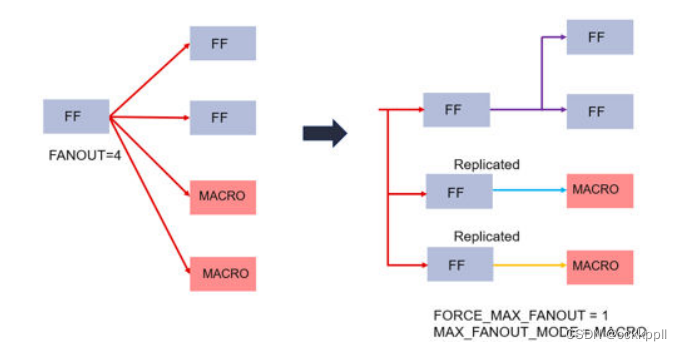


![[JavaWeb学习日记]Vue工程,springboot工程整合Mybatis,数据库索引](https://img-blog.csdnimg.cn/direct/686a7e5bfe6c4547ad1208b67d19fcf5.png)
